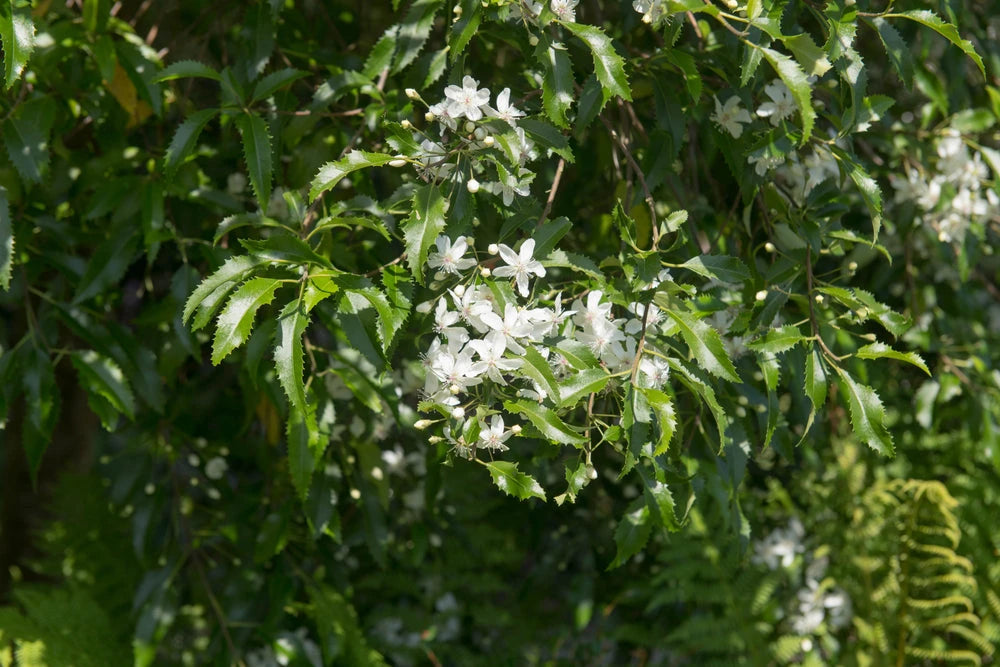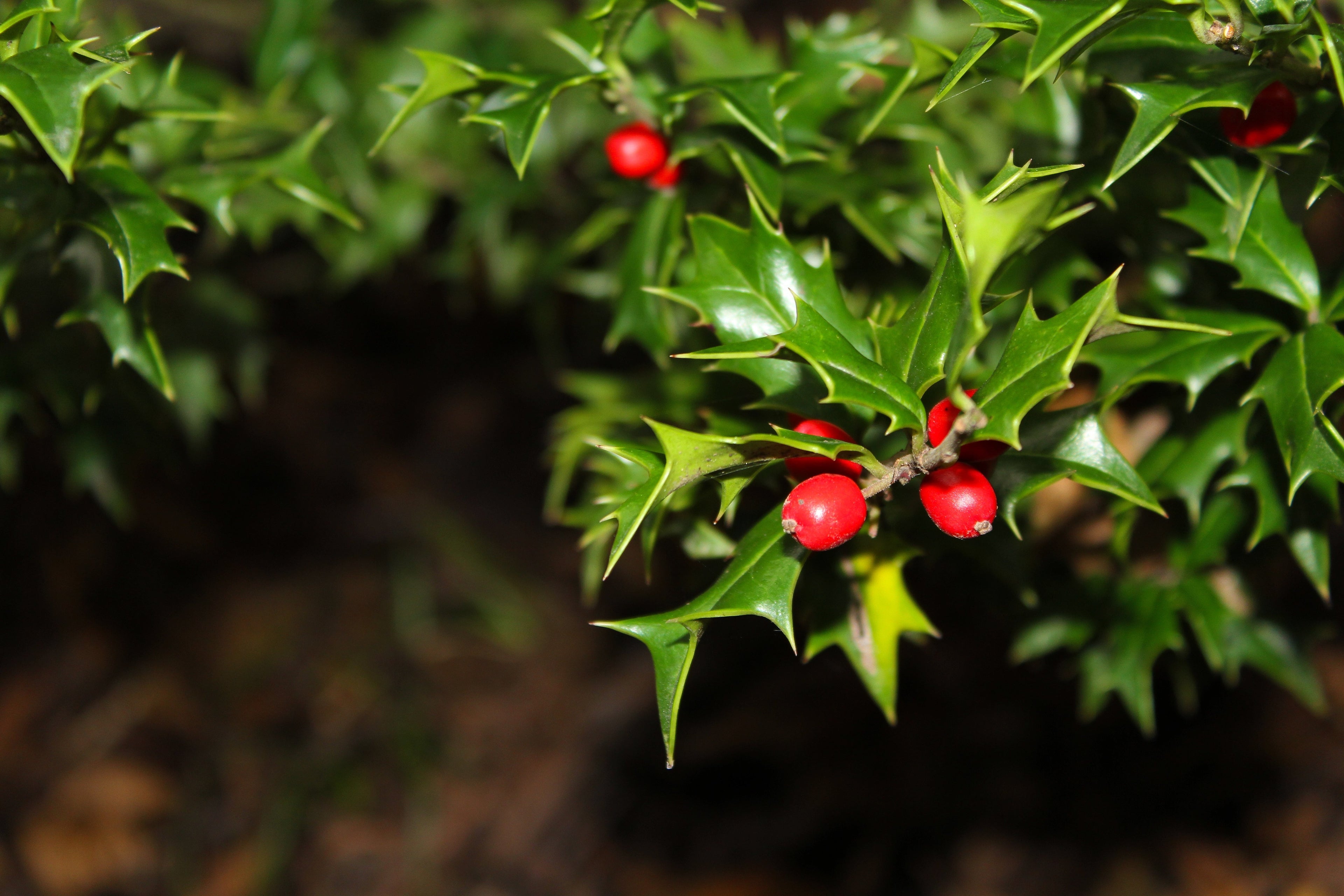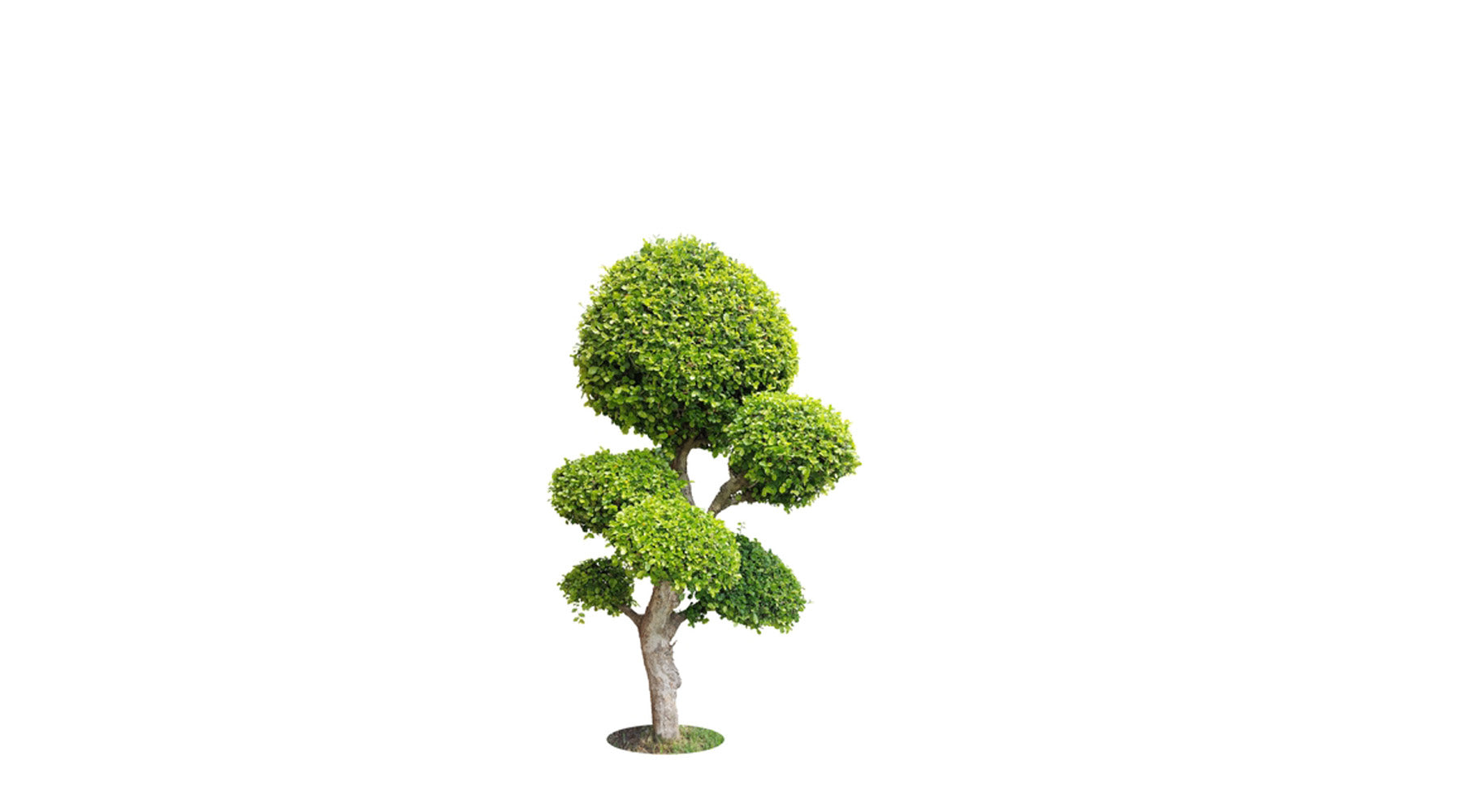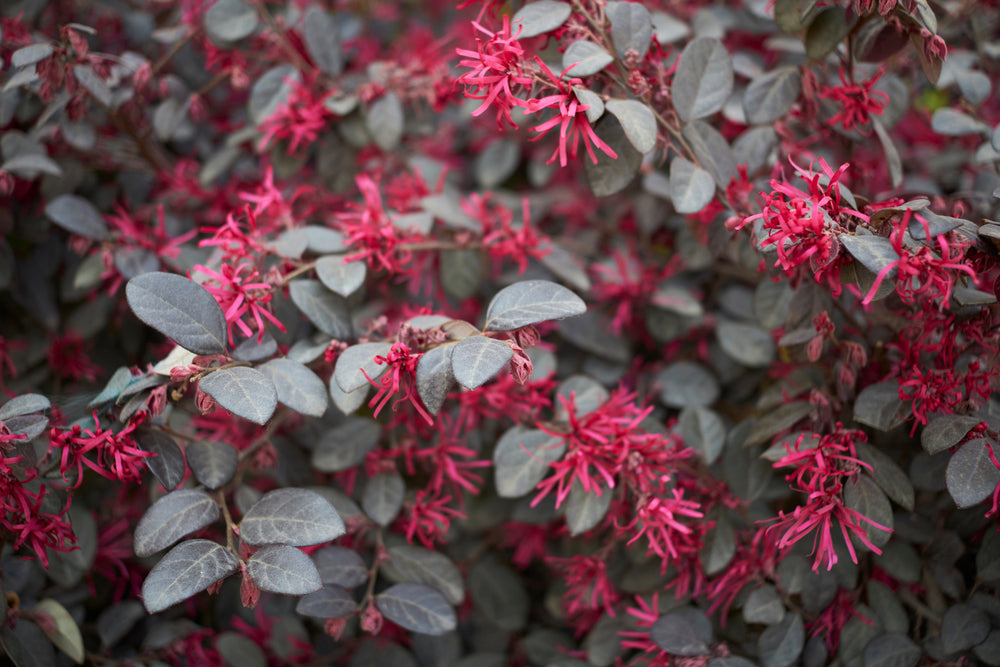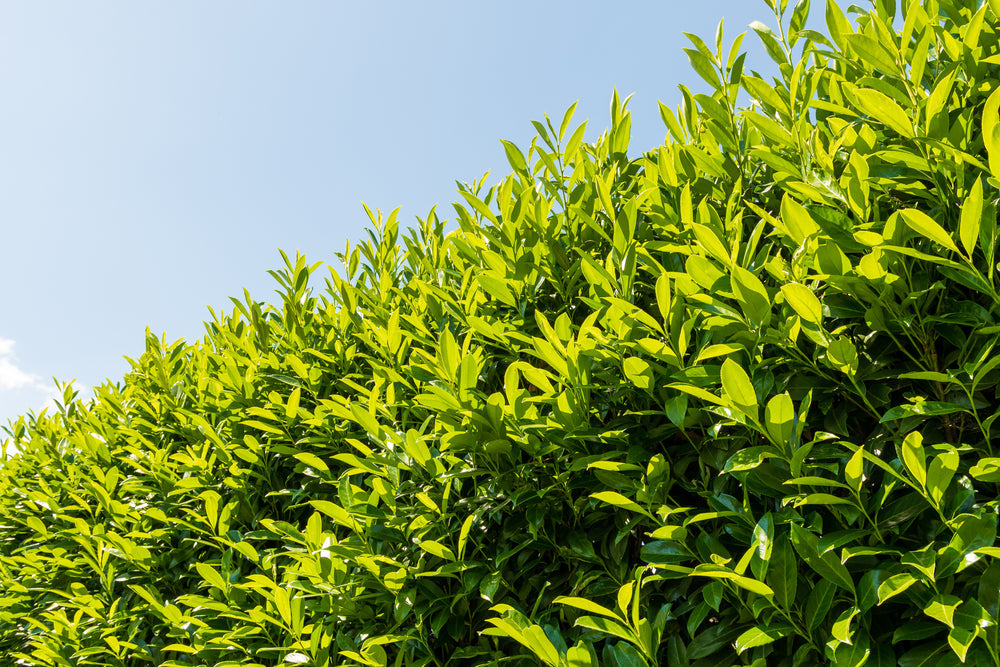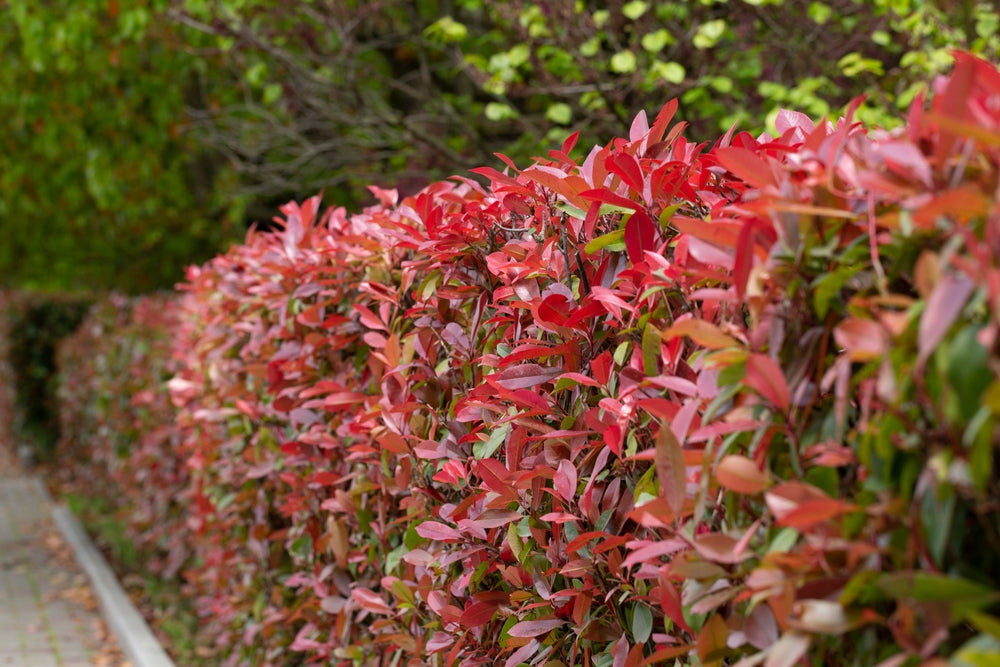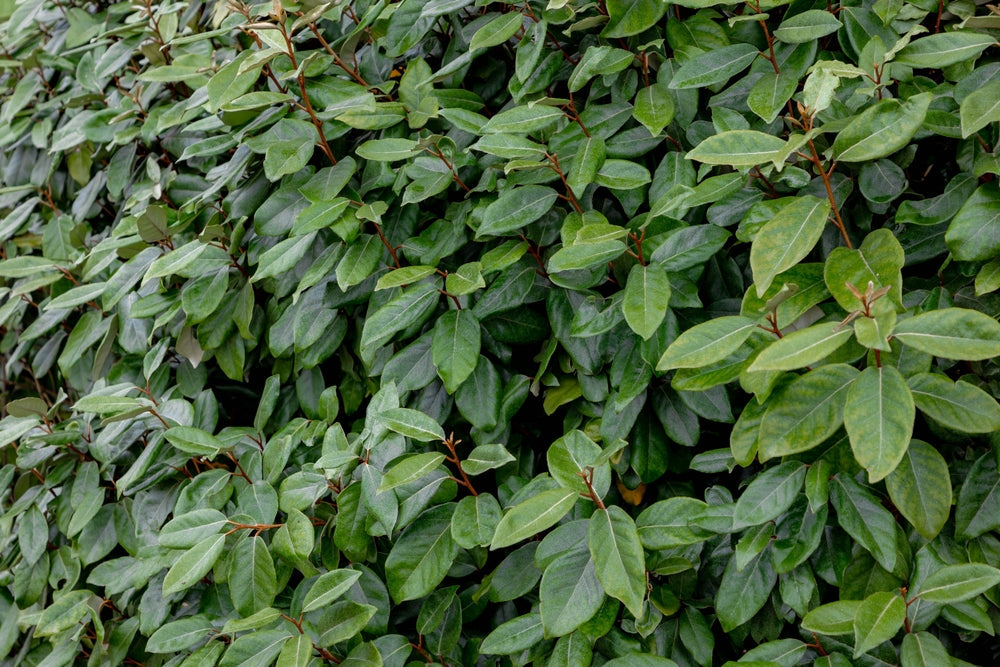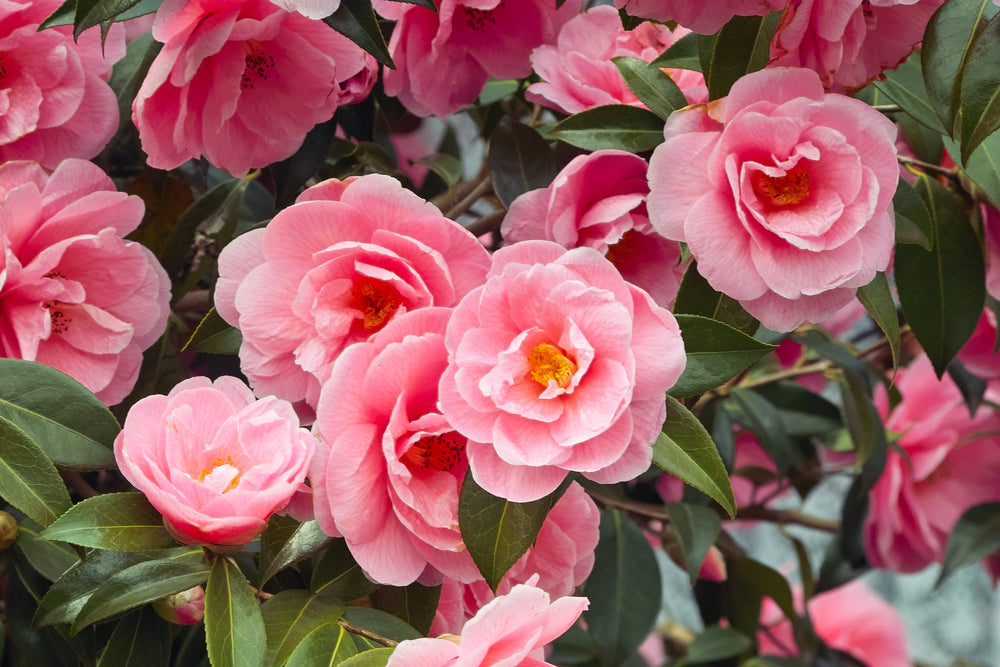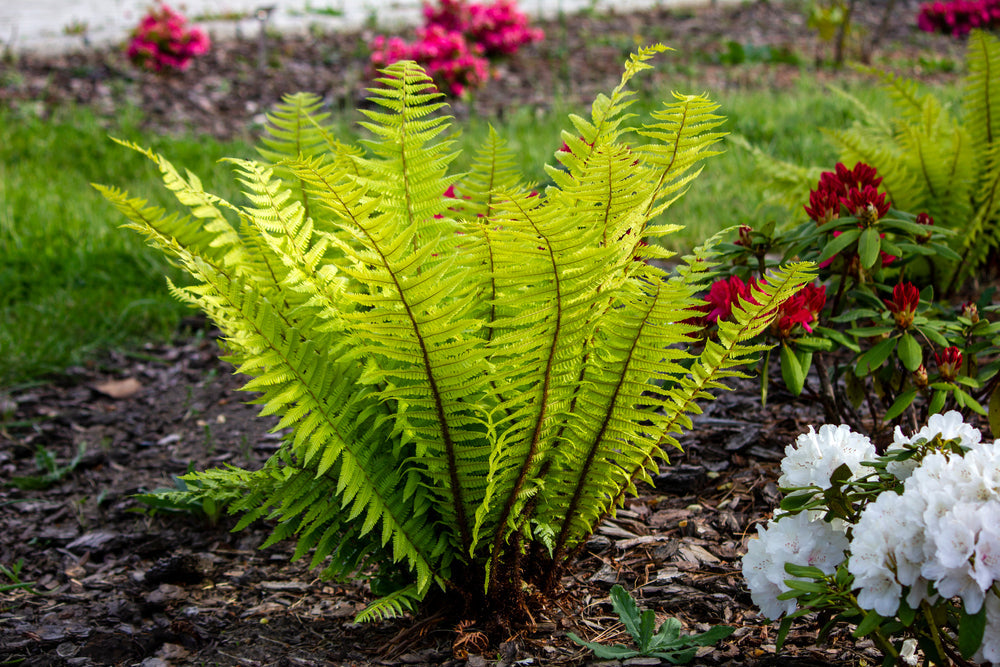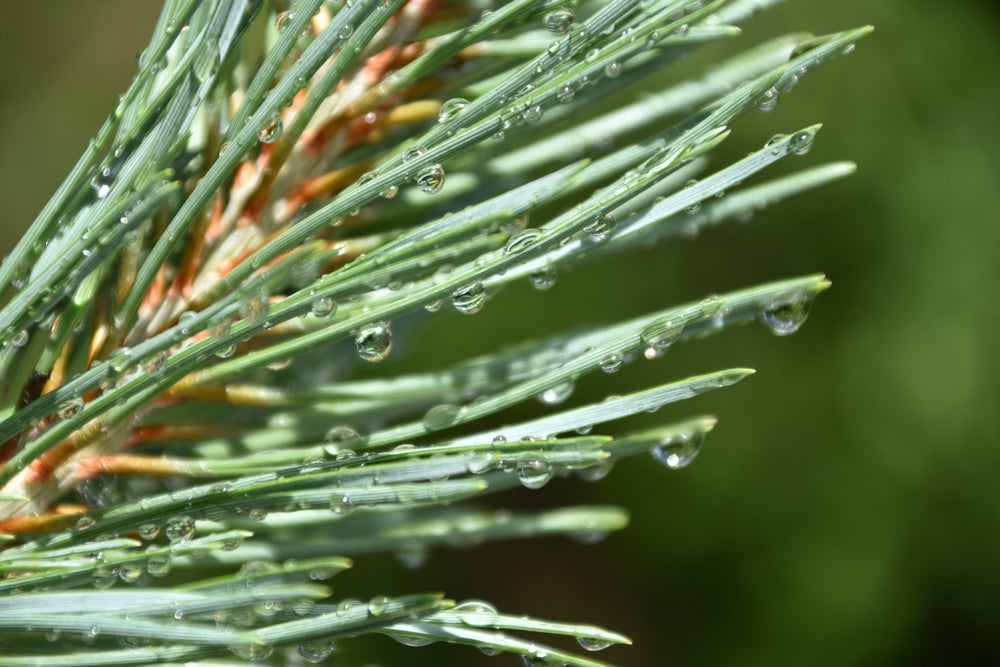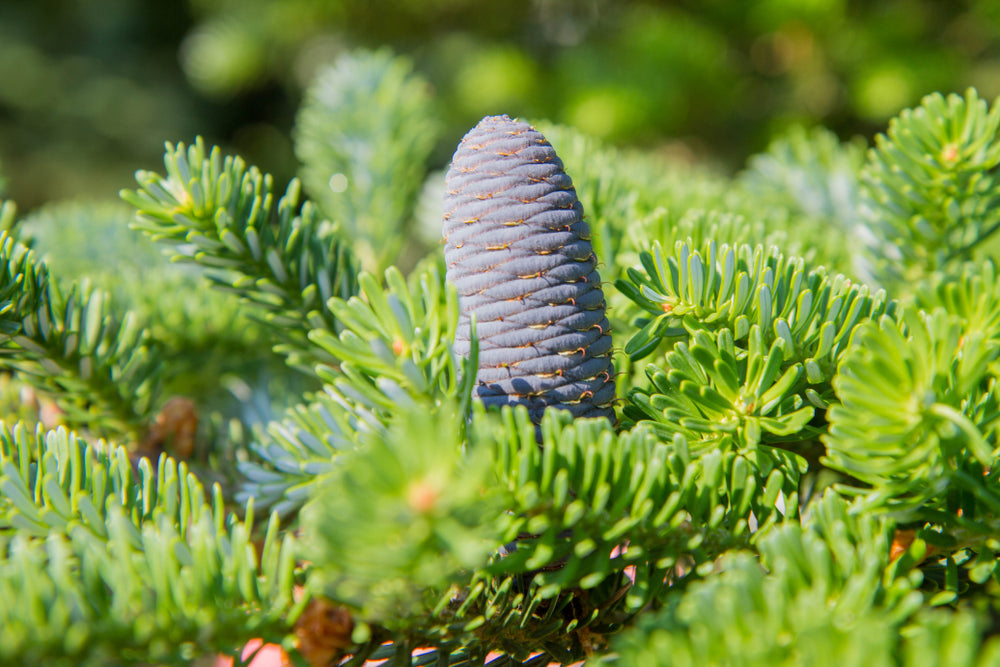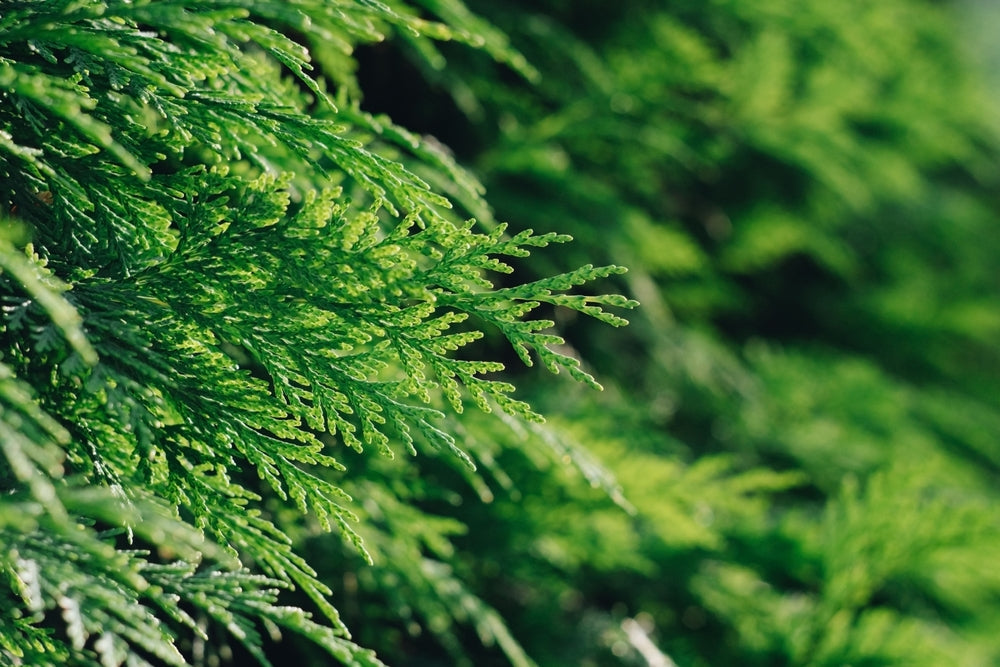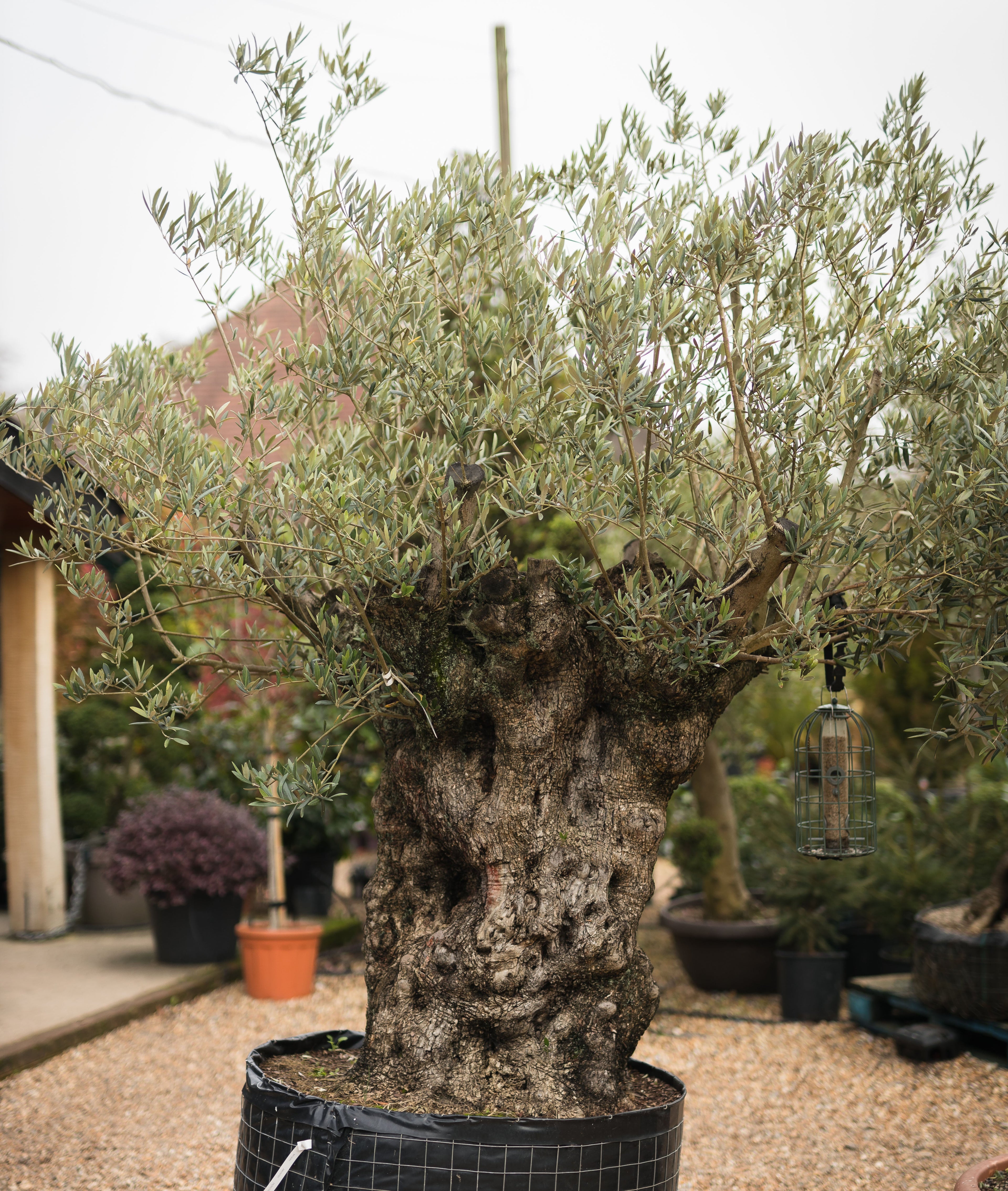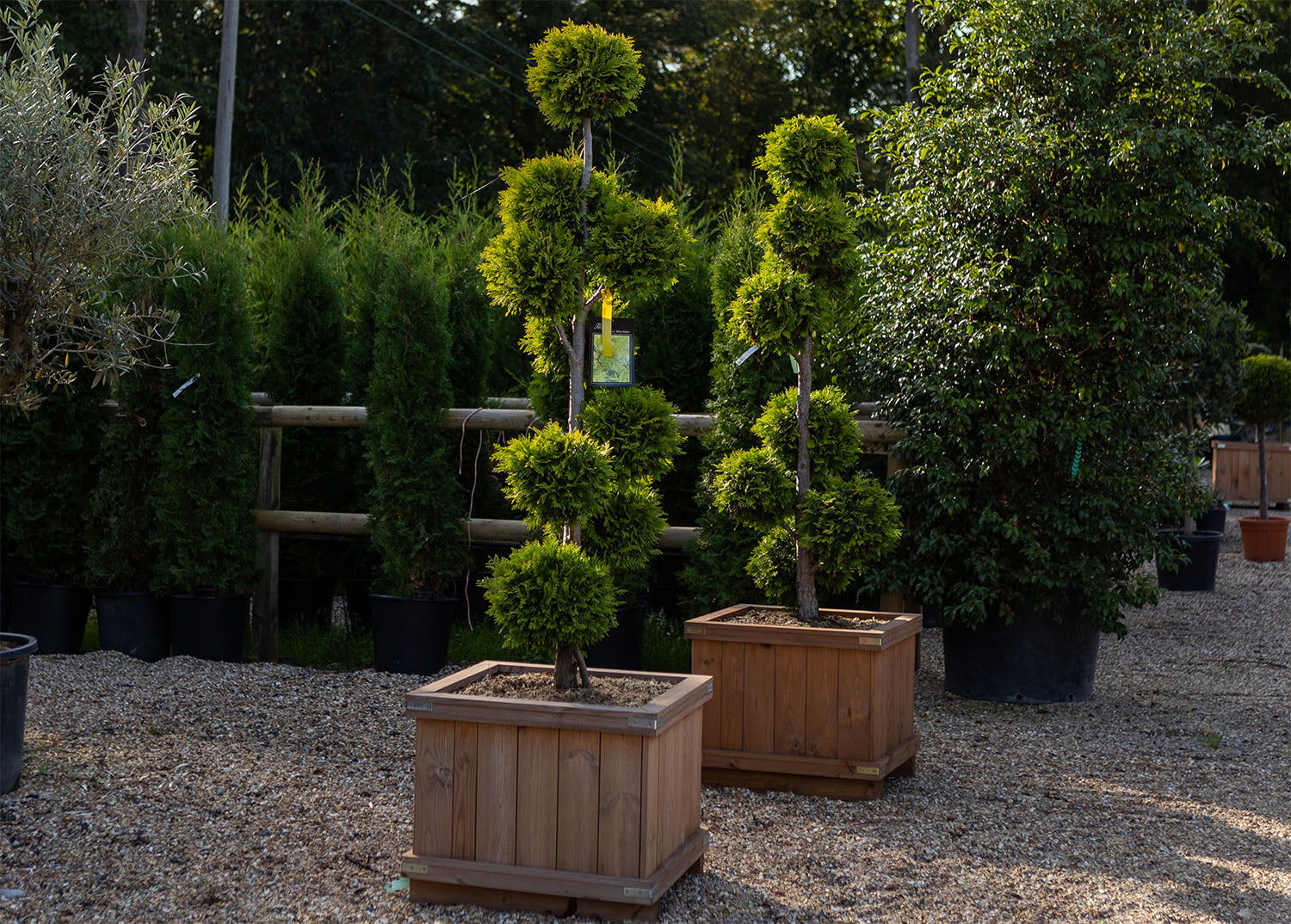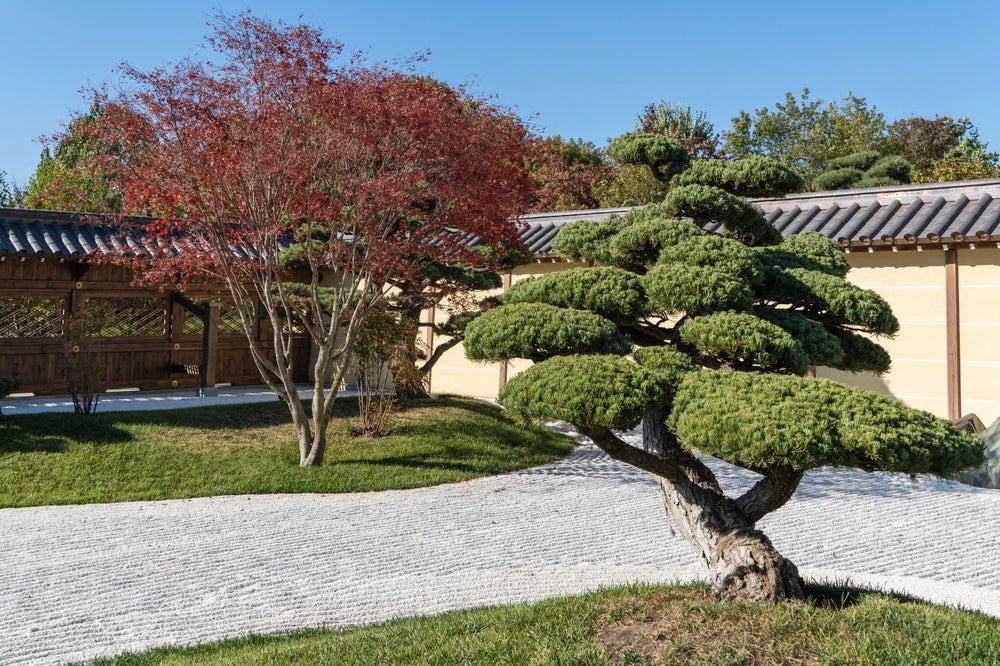
Fruit trees – a great addition to your garden
Our fruit trees have done very well again this year. They produced a mass of blossom in the spring, and are now showing a good crop of fruit.
Fruit trees are a natural addition to any garden. Even if you have limited space, there are many varieties that will grow happily in a pot in a corner of your garden or on a patio. They’re also popular because they can add structure and interest to your garden, with the added benefit of the fruit come harvest time!
We also particularly like fruit trees because they are so good for wildlife. Here at Arundel Arboretum, we’ve had another thriving year with our nesting birds and all our bird boxes have again had birds successfully rearing their young. The insect life that fruit trees encourage works in harmony with our bird life to keep insects and bugs under control in a totally natural way. We wouldn’t have it any other way and you’ll never see us spray any of our stock – fruit trees or otherwise.
We have a wide range of fruit trees in stock. This includes apple (eating and cooking), pear, quince, fig, vines and medlar in a range of sizes, including some half standard apple and pear trees. A visit to our nursery is highly recommended so that you can see all that we have to offer.
Some of the varieties we currently have include:-
Quince – Vranja
Vranja quince is one of the most popular varieties grown in the UK. It produces a large, pear shaped, yellow fruit. The tree has a spreading habit with moderate growth. Vranja is easy to grow in the southern UK or against a south facing wall, although it is a light cropper. The fruit produces an excellent flavour, ideal for making tasty jams, jellies and marmalades. The picking time for the fruit is in October.

Mespilus germanica – Medlar
Mespilus germanica is a small deciduous medlar tree with long leathery leaves. These turn golden yellow\brown in the autumn, with white flowers in the summer. Mespilus germanica fruits resemble small apples, which are hollow at one end. They’re best eaten when they’ve softened (bletted), preferably after a frost, and can be made into preserves and jellies. A popular fruit historically as a fruit that could be consumed during the winter months.

Victoria Plum
The Victoria Plum is probably the most popular plum, producing large fruits with a yellow-green flesh and pale red skin. It’s a reliable and heavy cropper, but thinning is often essential. Ideally, the fruits should be left on the tree until they are fully ripe – the taste will be delicious and suitable for eating and cooking! The Victoria has a poor resistance to disease and its period of use is late August. It is self-fertile and comes under Pollination Group B.

Apple – Greensleeves – dessert apple
Greensleeves produces a medium size fruit and is similar to Golden Delicious. It is hardy and easy to manage. The skin is pale green that turns pale yellow. Greensleeves fruits early in life, and can produce heavy crops. The flavour soon fades when stored. Picking time is September.

Apple – Bramley’s Seedling – cooking apple
Bramley’s Seedling is the most popular cooking apple. It produces heavy crops of large fruit with a creamy flesh that is full of flavour. It grows vigorously, so is best suited in a larger garden. Bramley’s Seedling is often a biennial cropper. The skin is yellow-green which is lightly striped with red. Picking time is mid-October.

We probably have one of the largest ranges of fruit trees in the area. Our website is just a small fraction of the choice of fruit trees we have to offer. Our helpful staff will be very happy to assist you in the purchase of a fruit tree suitable for your garden.
Share




















